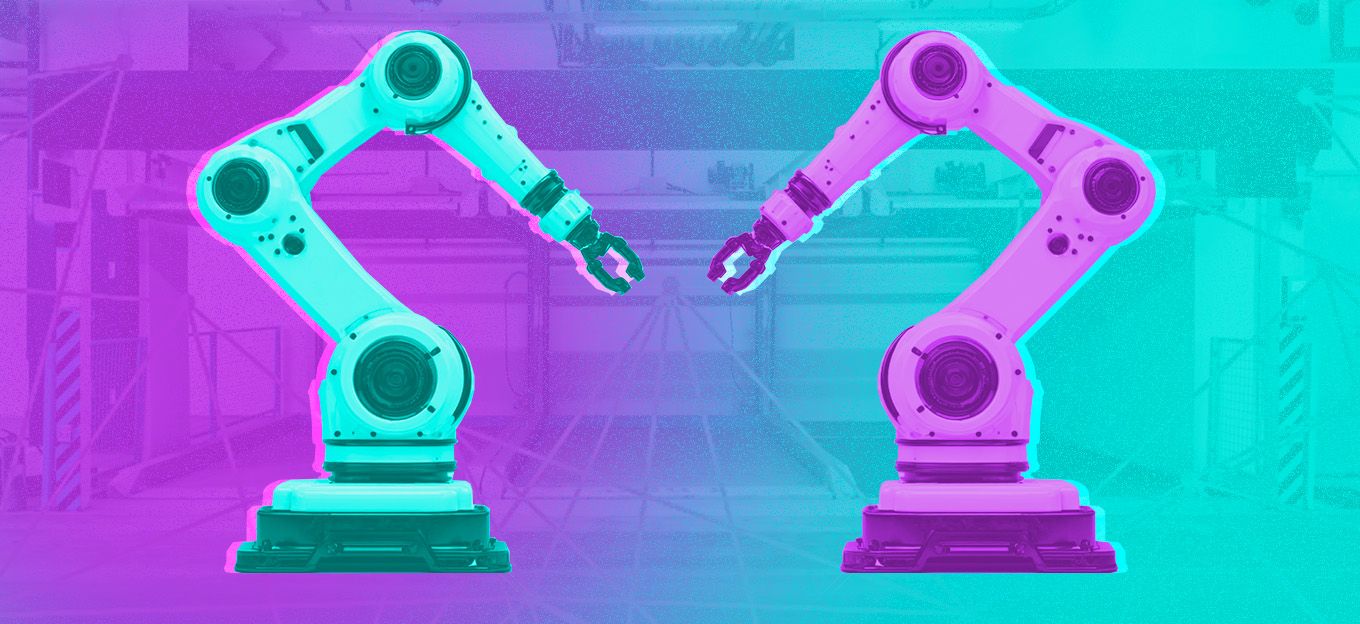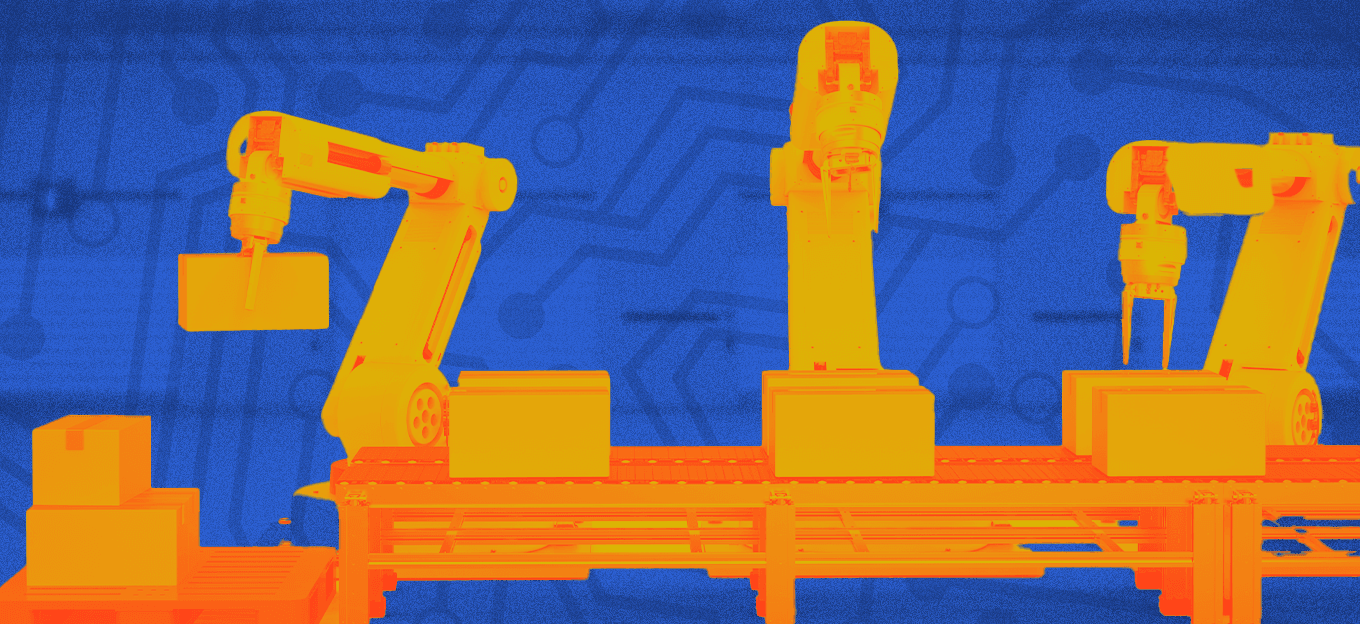No Reinvention Required: The Power of Lean and IIoT
No Reinvention Required: The Power of Lean and IIoT
- Last Updated: December 2, 2024
Martin Keenan
- Last Updated: December 2, 2024



While Industry 4.0 continues to gather pace, replacing legacy technology and processes, not everything is grist for the mill. Indeed, principles that have stood the test of time, such as Lean - are core to smart manufacturing success.
Lean manufacturing principles are far from a new idea or concept, but they have maintained relevance astonishingly well. They originally found wide recognition after being detailed in a 1991 book, The Machine That Changed the World, a study on the future of the automobile by Womack and Jones from MIT. The Lean principles were designed to improve manufacturing efficiency, although they have since been adapted to suit most industry verticals. They constitute five core principle steps: defining value, mapping the value stream, creating flow, using a pull system, and pursuing perfection.
Lean Application Digital Challenges
Applying Lean principles to Industry 4.0-era digital processes can prove challenging, not just due to the potential complexity of the decision-making process but also because of the vast amount of data that should be considered. Even gathering the data at the beginning of the Lean process can prove a barrier for some companies, which is why there has been a steady growth in third-party data gathering experts. However, there are also a wide variety of tools available for internal stakeholders.
Applying Lean principles to Industrial IoT digital processes can prove challenging; thankfully, various tools are readily available for internal stakeholders.
However, even having completed data acquisition from a wide variety of internal sources, the key challenge is in interrogating and disseminating the ongoing waves of data effectively, without being distracted by volume and blinded by irrelevant data points. Just as with data, keeping approaches and methods to a minimum is also good practice - from Agile to 6-Sigma and Theory of Constraints to Kata and Kaizen, there are a huge variety of efficiency methodologies, but consistency is vital.
IIoT and VSM
Applying IIoT technologies to a value stream mapping (VSM) process can create entirely new methods of removing waste from a process, both ‘non-value added but necessary’ and ‘non-value-added & unnecessary.’ The former can be reduced as much as possible with IIoT, while the latter should ideally be isolated and removed effectively without inhibiting business goals.
A good example here is predictive maintenance, which attacks both Lean waste categories at multiple points, cutting actual maintenance costs and improving the effectiveness of maintenance procedures, reducing the requirement for spare parts inventory, etc. IIoT technologies not only remove wastage initially but also build a platform for continuous improvement.
While Lean and IIoT are excellent partners in data gathering and uncovering new efficiencies, other parallels can be drawn. Avoiding the latest ‘fad’ favoring thoughtful and careful integration is a key component of success in both areas. Indeed, many experts in Lean firmly advocate applying Lean principles to a process before leveraging any new technology at all, as simply replacing an inefficient legacy method or process with a technology solution can trap waste and make rolling back and removing that waste much more complex and potentially impossible.
Pull-Based Systems
One of the core Lean principles is step four - using a pull system - and this certainly rings true for IIoT deployments. The central aim of a pull-based system is to limit inventory and work-in-process (WIP) items while ensuring that the required materials and/or information are available for the process at hand. Most famously in the automotive industry, where Toyota’s ‘Just in Time’ strategy has been widely replicated, the pull-based system ensures the end customer’s needs are fulfilled in the most efficient manner possible.
An interesting parallel here is in IIoT pull systems, which ensure that data quality is maintained compared to push, or broadcast-style systems. The issue with the broadcast model - often the default for IIoT sensors - is that if incorrect or faulty data is transmitted, it can pollute the data record and prove difficult to remove successfully.
When considering highly regulated industries such as food or healthcare, this could be a serious problem, so a pull-based approach is preferable, where a data point is specifically requested from a sensor, such as a temperature sensor in a food transport freezer, for example, which then responds with that specific data. This creates a ‘clean’ digital record of events that can be trusted but still enables sharing of other telemetric or maintenance data, for example.
Technology Evolution
Although Lean principles have seen many variations and methods overlaid over the years, the underlying drive for efficiency has inspired many innovations and has become one of the most powerful uniting Applications for enterprise IIoT deployment, while the supporting technology might be evolving at an astonishing rate, some things stay the same: the need for accurate measurement, analysis, improvement, control, and wider enterprise education on emerging standards and Applications. Those IIoT Applications can then be promoted to those involved in VSM kaizen projects at the right time. It may be an increasingly mature market, but the history of Lean and IIoT has only just begun.
The Most Comprehensive IoT Newsletter for Enterprises
Showcasing the highest-quality content, resources, news, and insights from the world of the Internet of Things. Subscribe to remain informed and up-to-date.
New Podcast Episode

Moving Past the Pilot Phase in IoT and AI
Related Articles





